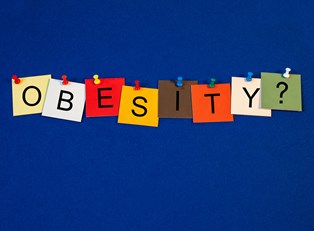Childhood obesity isn’t just a social or cosmetic concern. It is a dangerous condition that threatens the health and overall well-being of your child.
What are the qualifications for childhood obesity?
A child is considered at risk for obesity when his or her weight is 20% or more than what is considered within the healthy range for a child of the same sex and height. For example, the average healthy 8-year-old girl weighs 57 lbs. and is 4 feet 2 inches tall. A girl of the same age and height weighing more than 68.4 lbs. is at risk.
What are possible signs of childhood obesity?
- Sleep Disturbances
Snoring is an indication there is excess fat in the neck. Any irregular sleep habits, such as too much or too little sleep, can contribute to obesity.
- Lack of Activity
If your child gets less than one hour of physical activity each day, he or she is at risk. If your child spends more than two hours a day watching TV, playing video games, or at the computer, his or her lifestyle is considered sedentary, increasing the risk for childhood obesity.
- Comfort Eating
If your child consistently handles boredom, soothes distress, or eases sadness by seeking out food and overeating, obesity is a potential risk. Be on the watch for the combination of sedentary activities and snacking. If your child observes you habitually "comfort eating," chances are she will too.
- Excessive Exhaustion
If you notice your child breathing heavily after mild exertion, such as climbing a flight of stairs, it’s a concern. If you have a child who is asthmatic, making it difficult for him or her to exercise even moderately, he or she is more prone to obesity.



